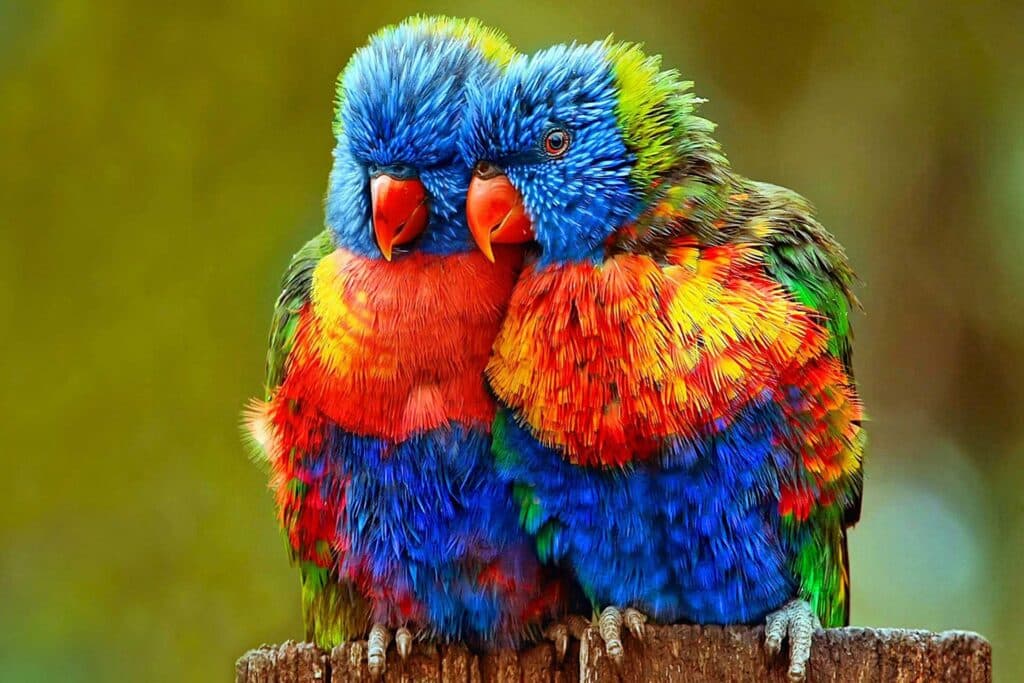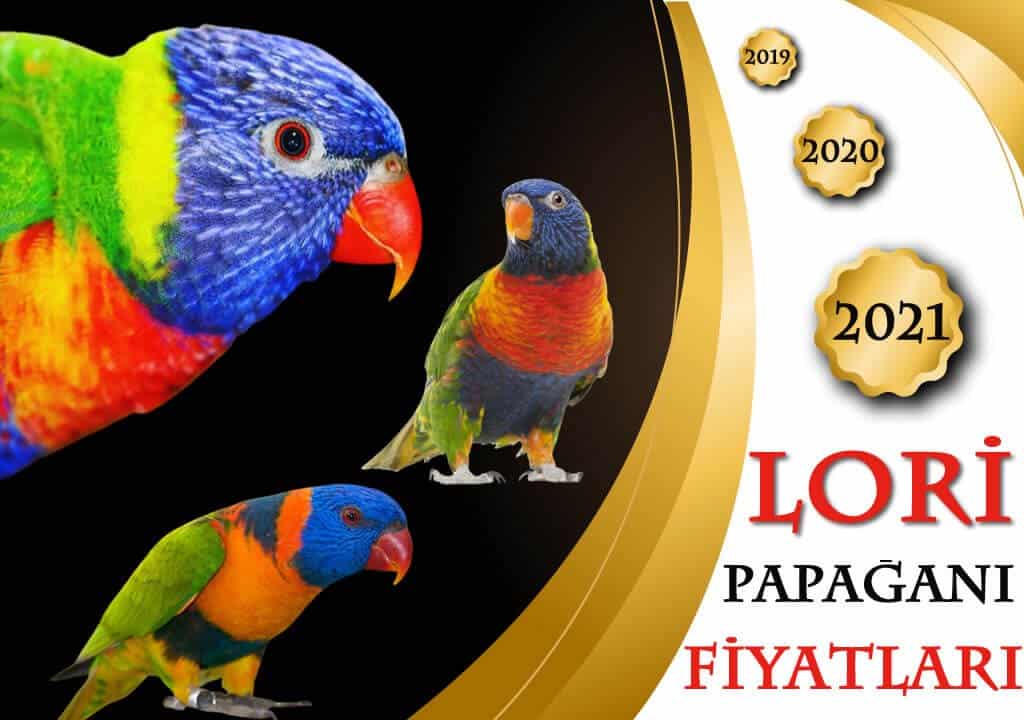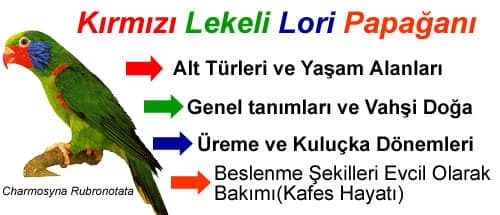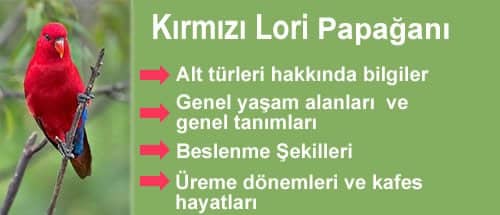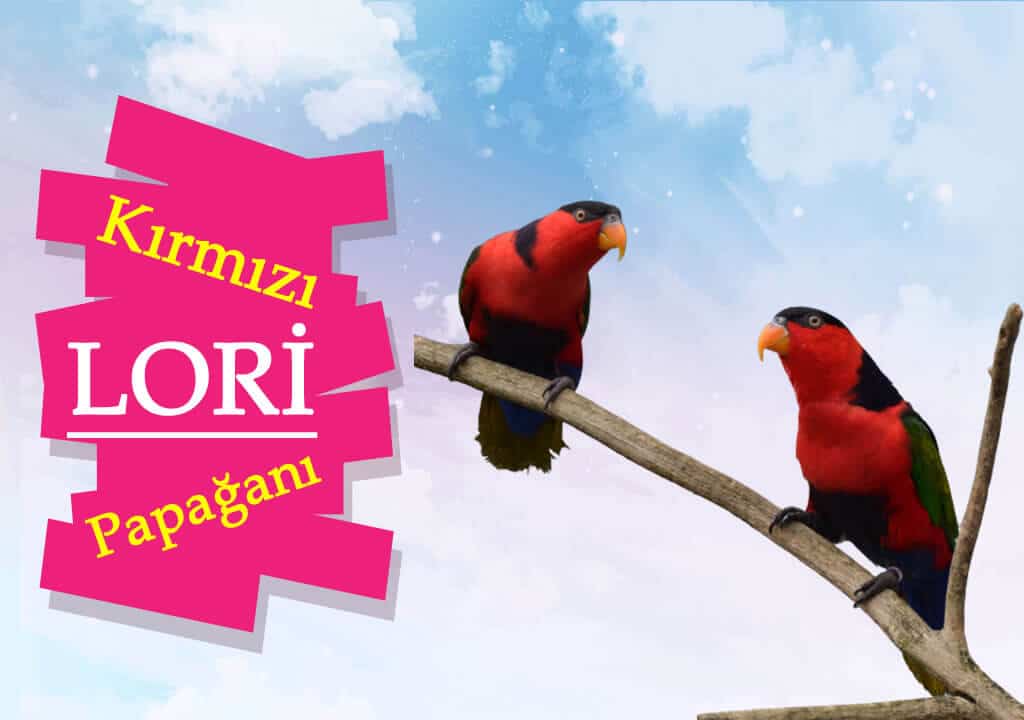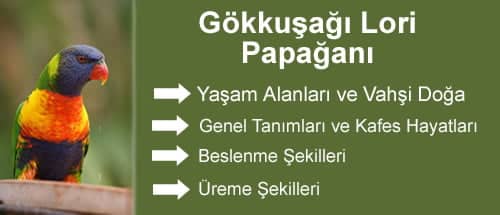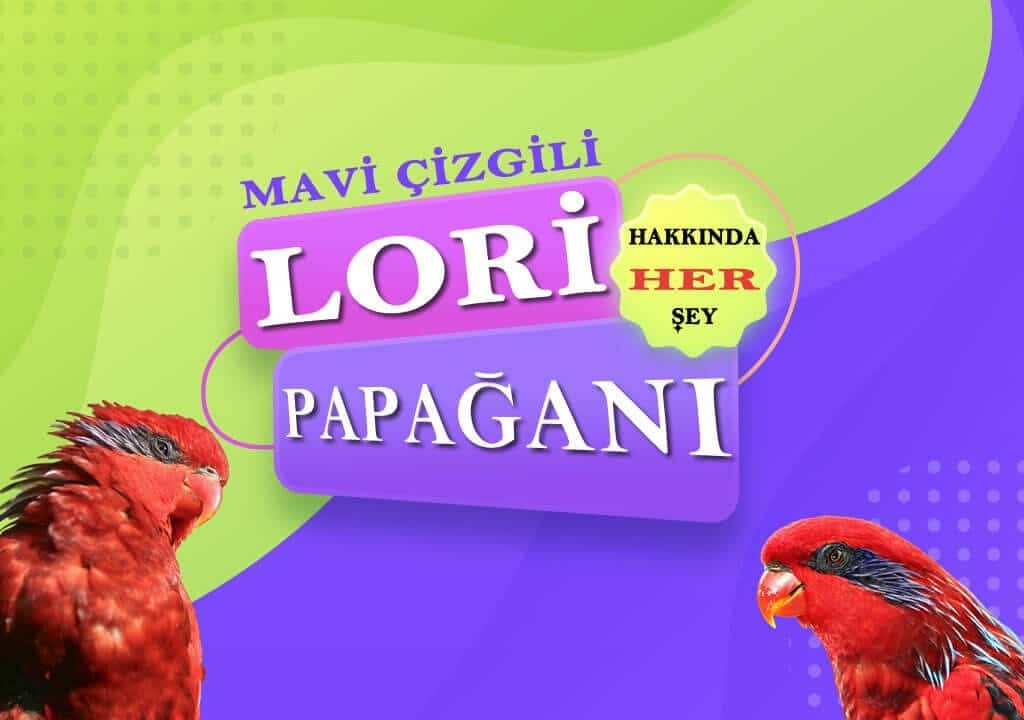Blog
Goldi Lori Parrot
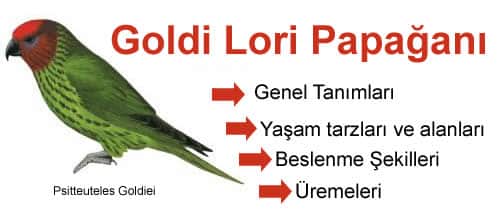
Goldi Lori Parrot (Psitteuteles Goldiei)
Living Areas
They only live in New Guinea, especially in the center. In mountainous and forested areas, in forested and mountainous areas of medium height, they are close to newly blooming trees. They wander around, constantly scanning the newly bloomed trees in this way. During such periods, they form large groups.
Their chirping consists of a whistling that is not loud in the form of a single tone. They are very docile and calm parrots. Except for the incubation period, they stay together in groups of up to 40 pairs and their families.
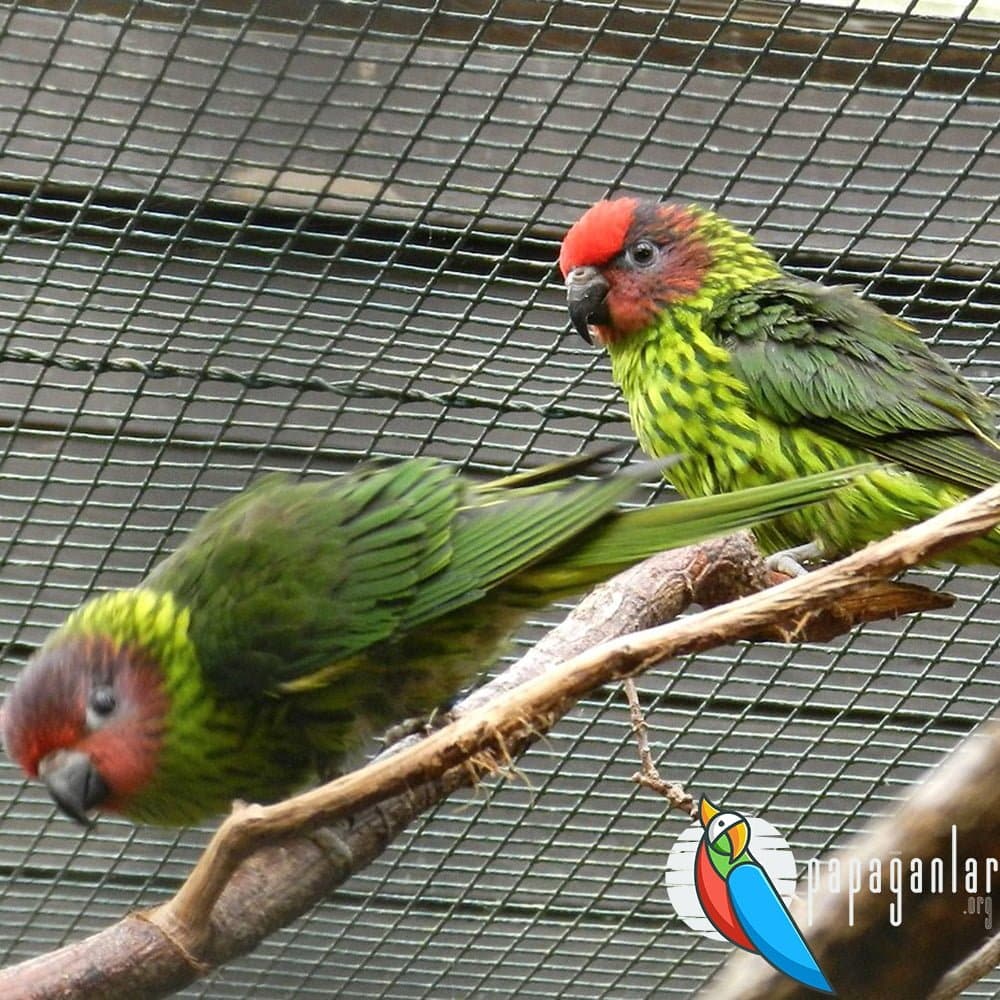
General Description
The main color of this species, which is about 19 cm in size, consists of green tones. The underside of its body is white, sometimes yellow. The hairs on the head area are dark red in color. In females, this color is more dull and less. There is a dark blue color around the eyes. The top of the tail is green and the underside is yellowish. In flight, the wing heads appear to have a yellow band. Their beaks are black and their eyes are brown in color.
Although a clear result can be obtained with DNA between male and female, some differences can be seen when viewed from the outside. Adult males are more built and heavier in weight than females (around 55 grams). Females, on the other hand, appear lighter (around 45 grams) and more petite. Also, the female head we mentioned is in a less distributed red tone than the male.
What is evident in young and young birds is that this red head part is just like a small spot on them.

Nutrition Patterns
As with Loris in general, newly bloomed buds of this species (mostly eucalyptus) consume flower pollen, fruit juices (fruit nectar) and juicy soft fruits. In addition, it has been stated that they consume small insect species as live bait. They also consume seeds that are not very hard.
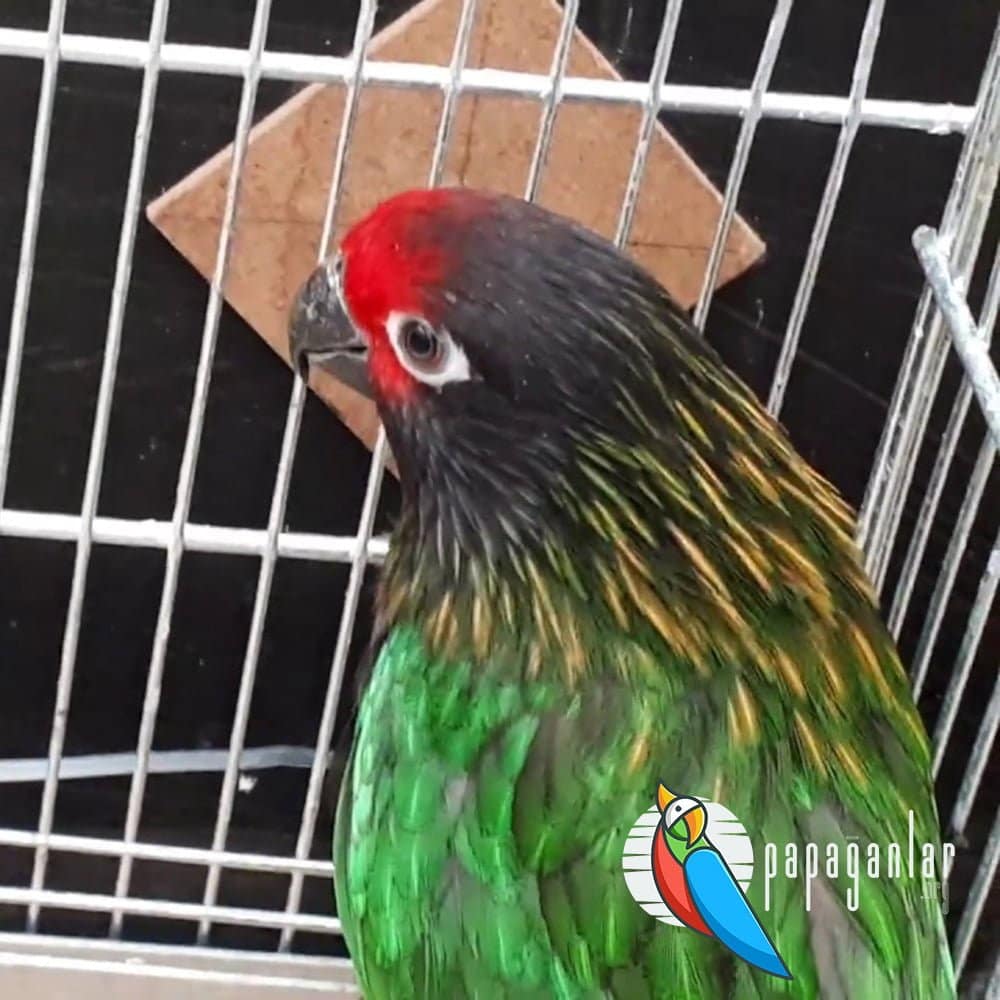
Goldi Lori Parrot Reproduction Patterns
There is not much information available regarding breeding dates. It is known that they make their nests in hollows of tree cavities and sometimes on the highest treetops. There will be a maximum of 2 eggs at a time in their incubation. The incubation period is around 23 days. It is around 55 – 60 days for the fry to feather and start flying. The feathering of the offspring and the start of flight takes place in 55 – 60 days. In the following 2-3 weeks, they leave the nest. The female takes care of the eggs herself, while the male feeds the female.
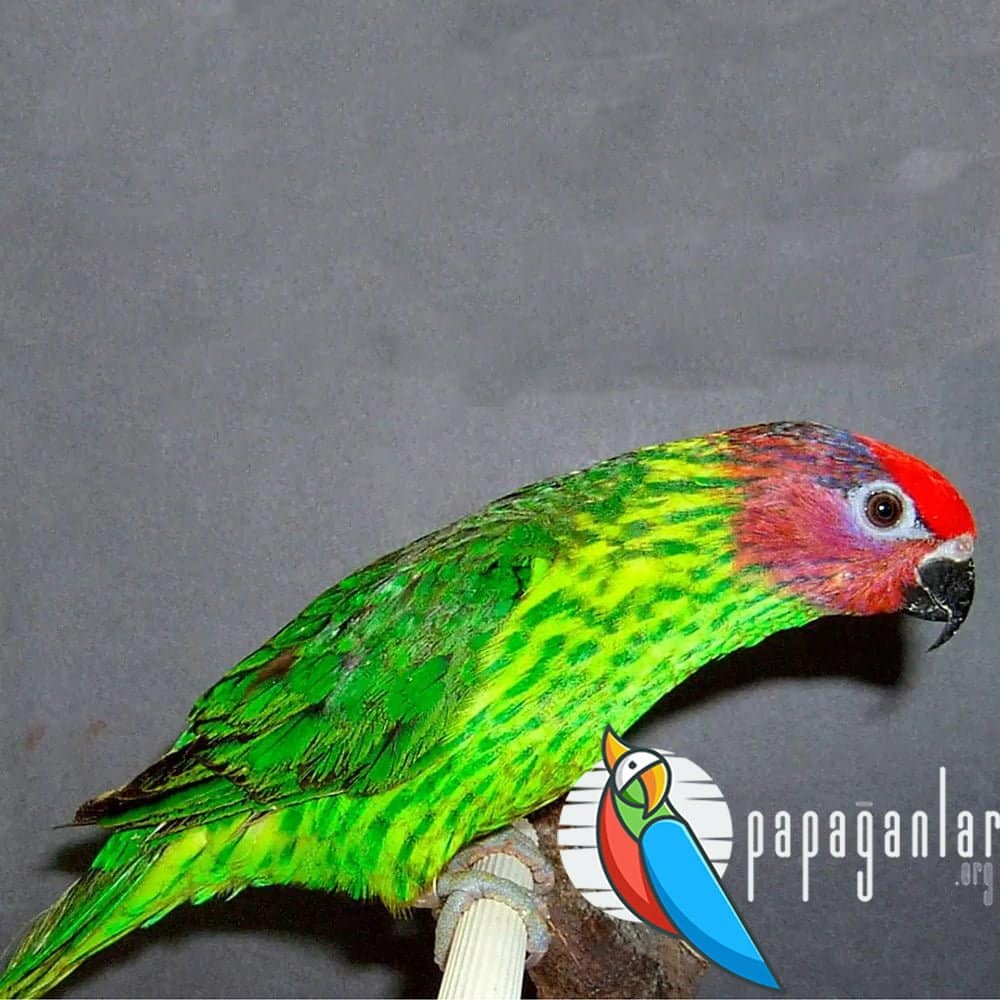
It can be said that it is a type of lori parrot that is preferred as a pet. This is because they are very docile and their voices are absolutely not irritating. It is said that it is not very difficult to produce. Only one feature of this species is that it likes heat. So the temperature should always be at a certain degree. Care should be taken to avoid sudden changes. They are very cute, friendly and curious. They are also hyperactive parrots.




